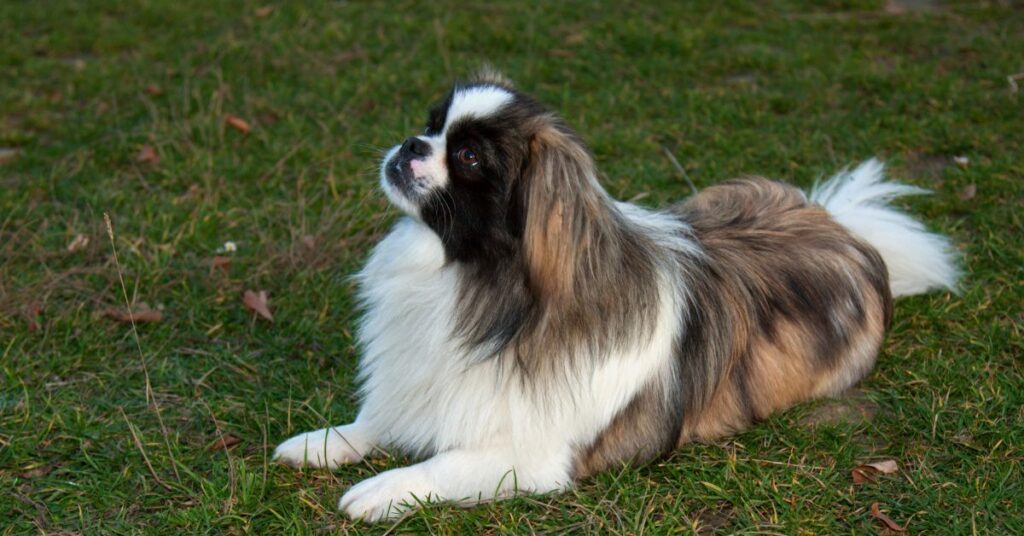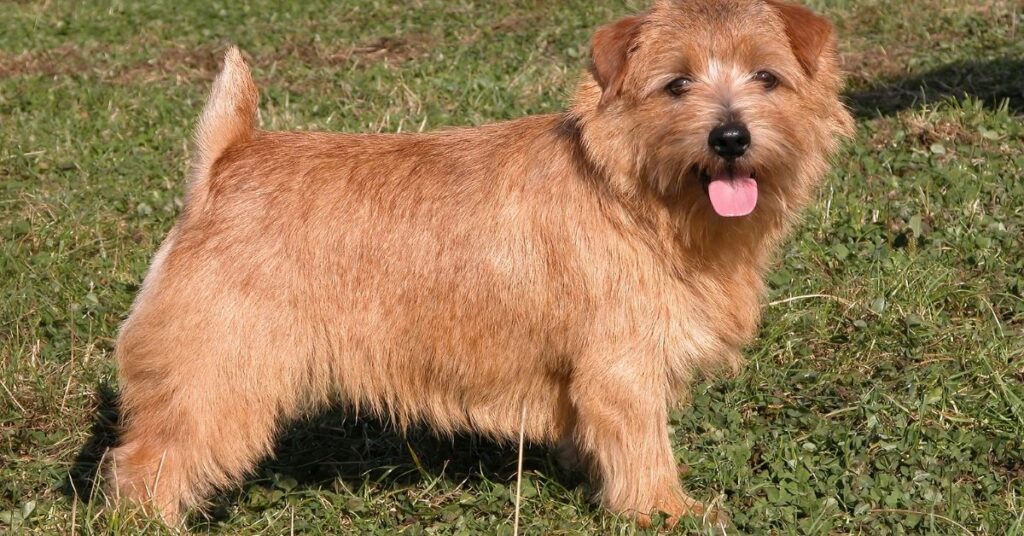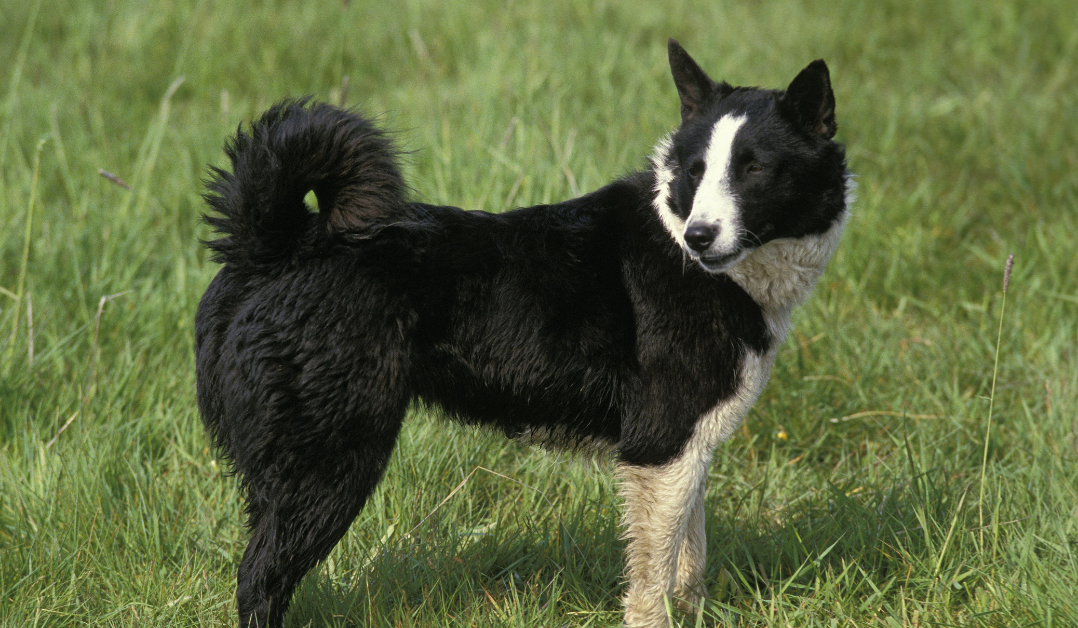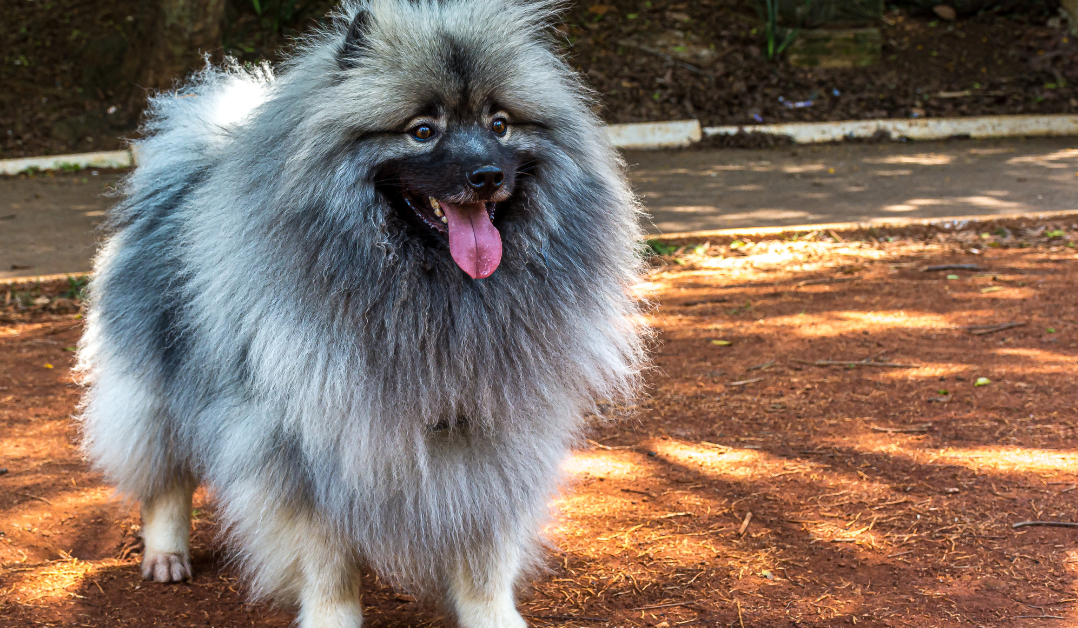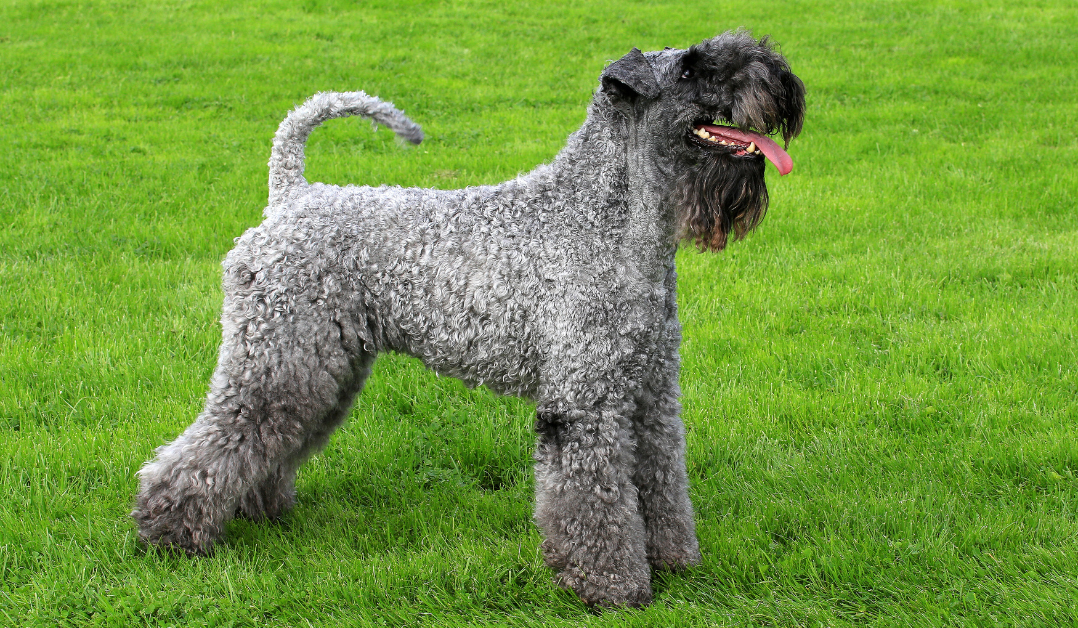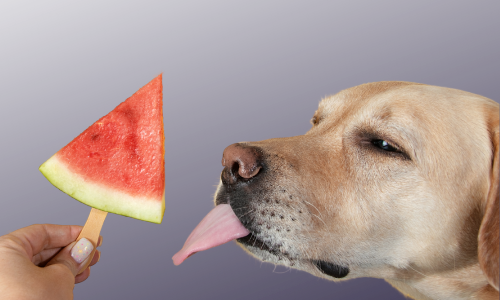The Pekingese is a small, distinctive toy breed known for its lion-like appearance and affectionate personality. With a rich history and a charming demeanor, the Pekingese makes a devoted and loving companion.
*Disclaimer: This Post May Contain Affiliate Links. This Means That I Receive A Small Commission At No Extra Cost To You Should You Click Through And Make A Purchase. Learn More On My Policy Page
Breed Characteristics
- Breed Category: Toy Group
- Size: Small
- Coat Length: Long, flowing coat
- Shedding: Low
- Hypoallergenic: No
- Grooming Requirements: High; regular brushing needed
- Life Span: 12-15 years
- Activity Level: Low to moderate
- Temperament/Personality: Affectionate, independent, loyal
- Intelligence: Moderate
- Trainability: Low to moderate; can be stubborn
- Space Requirement: Small; suitable for apartments
- Compatibility with Children & Other Pets: Fair
- Health Issues: Brachycephalic airway syndrome, dental problems
- Nutrition Needs: High-quality diet with balanced nutrients
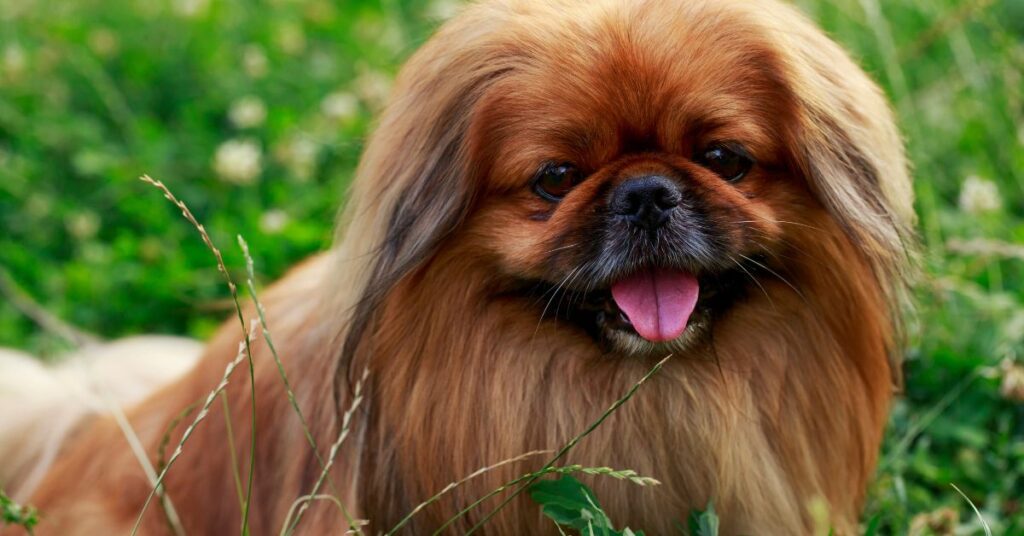
Origin and History
The Pekingese originated in China and has a long history as a companion dog for Chinese royalty. Named after the city of Peking (now Beijing), the breed was highly prized in the imperial courts and was considered a symbol of status and wealth. The Pekingese’s lion-like appearance and regal demeanor reflect its historical role as a companion to emperors and empresses. The breed was introduced to the Western world in the late 19th century, where it quickly became a popular toy breed.
Appearance and Physical Characteristics
The Pekingese is a small dog with a distinctive lion-like appearance. They stand about 6 to 9 inches tall and weigh between 7 to 14 pounds. Their coat is long and flowing, with a distinctive mane around the neck and shoulders. The breed has a flat, pushed-in face with large, round eyes and a small, upturned nose. Their overall appearance is one of elegance and charm.
Temperament and Personality
Pekingese are known for their affectionate and loyal nature. They are devoted to their families and can be somewhat independent and stubborn. Despite their small size, they have a strong personality and can be quite bold. They enjoy being pampered and are content with moderate exercise and indoor play.
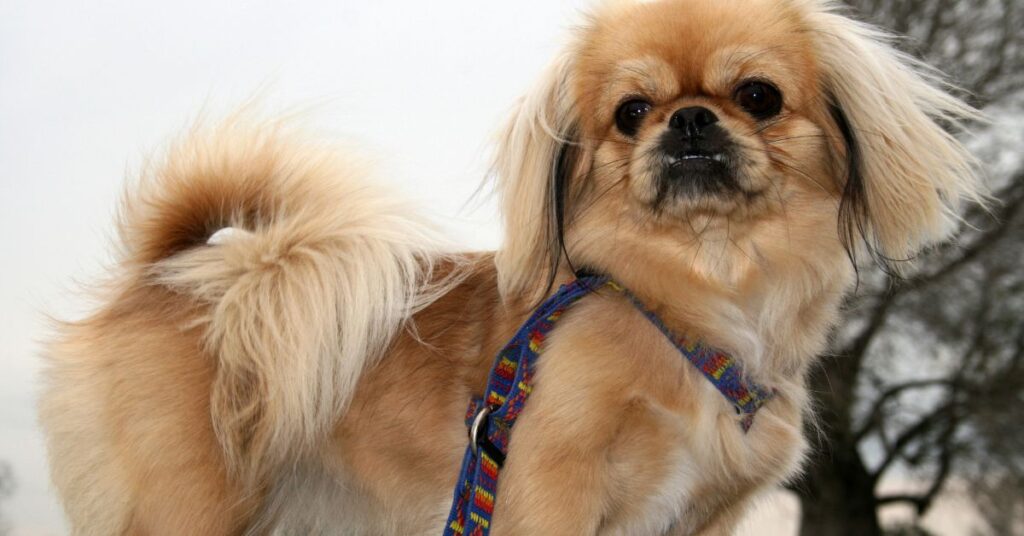
Intelligence and Trainability
The Pekingese is moderately intelligent but can be somewhat stubborn. Training may require patience and consistency, as they are not always eager to please. Positive reinforcement methods work best with this breed. Their independent nature means they may not always respond quickly to commands, so training should be done with a gentle and persistent approach.
Compatibility with Children and Other Pets
Pekingese can be good with children and other pets, but their small size and sensitive nature mean that interactions should be supervised. They may not tolerate rough handling and can be reserved with young children. Proper socialization and gentle handling are important to ensure they interact well with other animals and people.
Health and Nutrition
Pekingese are generally healthy but can be prone to certain health issues, such as brachycephalic airway syndrome and dental problems. Regular veterinary check-ups and a balanced diet are essential for maintaining their health. A high-quality dog food that supports their small size and specific needs is recommended. Monitoring their weight and providing appropriate portion sizes can help prevent obesity.
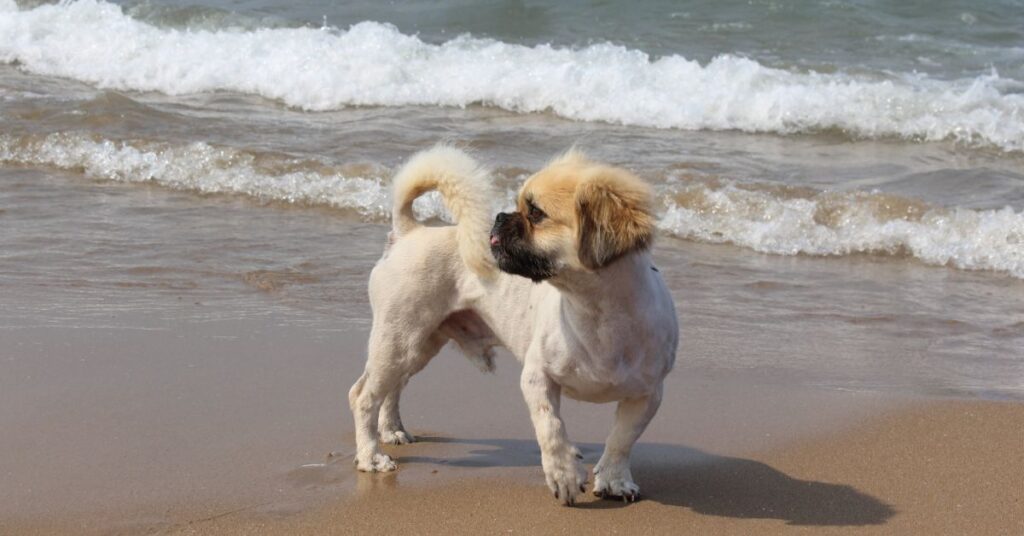
Exercise and Activity Level
Pekingese have relatively low exercise needs. They are content with short walks and indoor play. Their small size and moderate energy level make them well-suited for apartment living. While they enjoy playtime and interaction, they do not require extensive physical exercise and are generally content with a more relaxed lifestyle.
Grooming Needs
Grooming is a significant commitment with Pekingese due to their long, flowing coat. Regular brushing is essential to prevent matting and tangling. They should be bathed as needed, and routine grooming tasks such as dental care, ear cleaning, and nail trimming are important for overall health. The breed’s coat requires regular attention to maintain its appearance and prevent grooming-related issues.
Training and Socialization
Early training and socialization are important for Pekingese. Positive reinforcement techniques work best, as they are sensitive to harsh training methods. Socializing them with various people, environments, and other animals helps them develop into well-rounded and confident adults. Patience and consistency are key to successful training, given their independent nature.
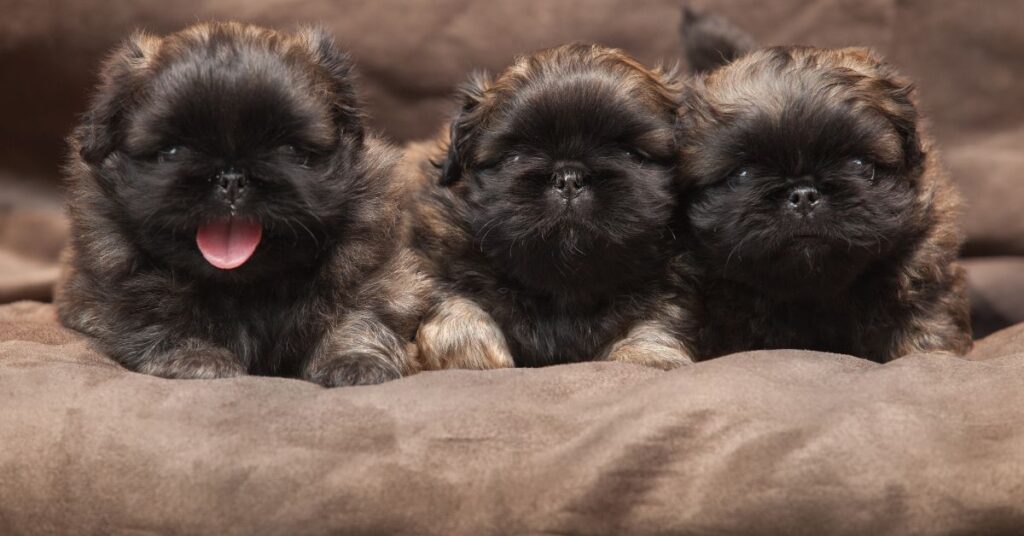
Famous Pekingese
Pekingese have been featured in various films and advertisements, showcasing their distinctive appearance and charming personality. They are also known for their role as companion dogs to royalty and celebrities, highlighting their elegance and appeal.
Conclusion
The Pekingese is a small, affectionate, and elegant breed that makes a wonderful companion for individuals and families. With proper training, grooming, and care, a Pekingese can be a loyal and loving member of the family.


